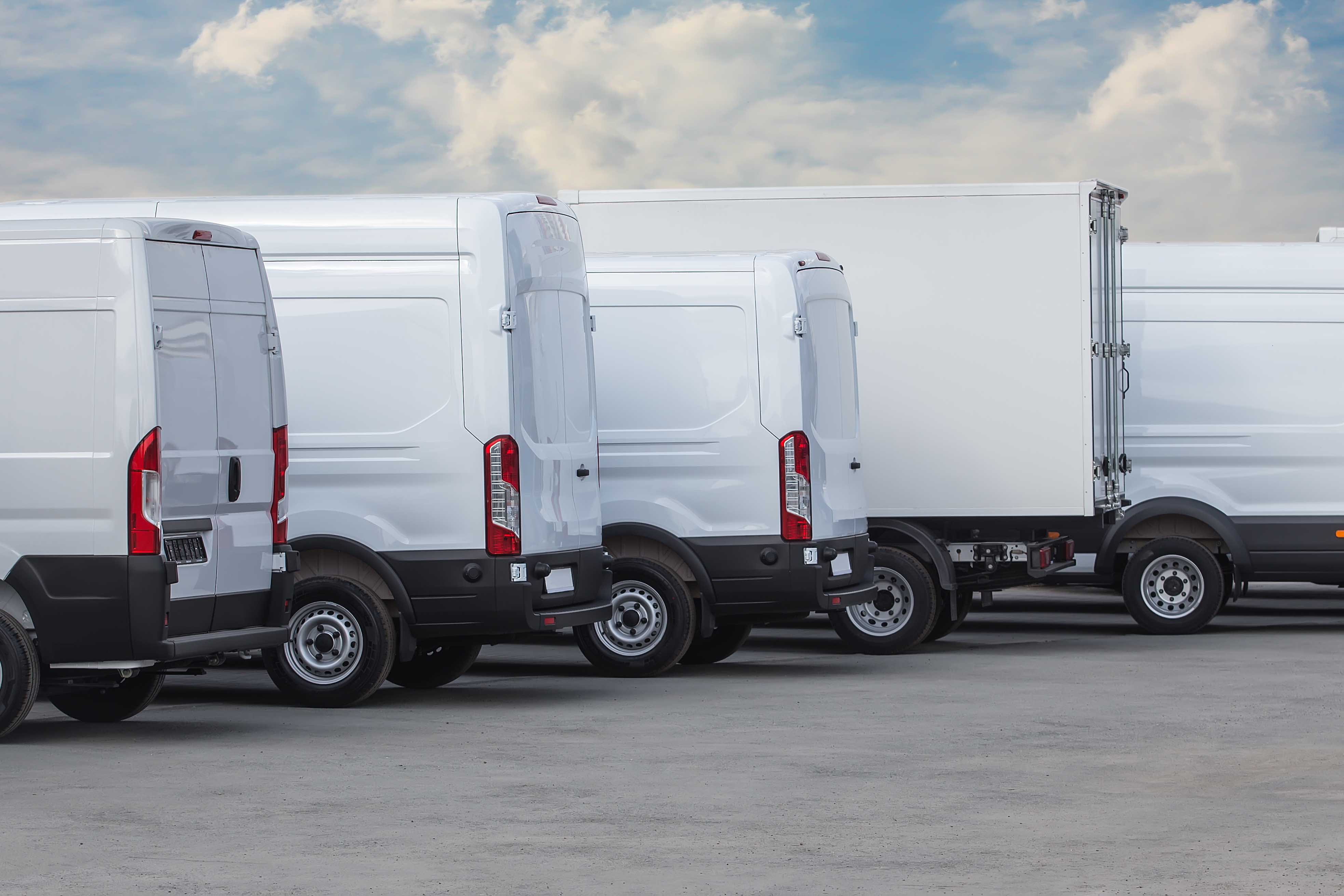

How Fleet Standardization Can Improve Service
By Grainger Editorial Staff 6/22/21


If your business was built one truck at a time, you may be suffering from the inefficiencies that come with running an irregular fleet of service vehicles. According to Government Fleet Magazine, standardizing your fleet can improve efficiency, cut maintenance costs, and save on inventory expenses.
The Hidden Costs of Running an Irregular
Managing an irregular fleet can present productivity challenges and other work delays.
- Longer Stocking Time When every truck is carrying a different mix of parts and equipment, workers will need to take their time to ensure the fleet is fully stocked. A standardized fleet features vehicles with identical inventories, making it easy for workers to tell at a glance whether the truck is missing crucial supplies.
- Convoluted Scheduling An irregular fleet will likely have irregular capabilities. If some trucks are carrying more inventory than others, then your dispatcher will have to be strategic about assignments. Running a standardized fleet will make any truck capable of responding to any call, giving you greater flexibility to handle unexpected service calls.
- Rigid Staffing Assigning a worker to an unfamiliar service truck is a recipe for delays in the field. You want your technicians to be able to take any truck to any service call, without losing time hunting for the tools necessary to complete the job.
- Overdue Maintenance A variety of service trucks means a variety of maintenance schedules. A standardized fleet will allow your fleet manager to be able to glance at the odometer and know exactly which maintenance intervals are coming due. And if you’re doing routine maintenance in-house, your fleet manager will only have to learn one set of procedures for recurring jobs like oil changes and flushing engine coolant.
- Mismatched Accessories From toolboxes to grill guards and light bars, accessories are difficult to standardize across an irregular fleet. Not only will you miss out on bulk discounts, but installation can be more time-consuming.
How Standardization Can Help
A standard fleet can improve efficiency for almost any business running service trucks.
HVAC:A standardized fleet makes scheduling emergency service calls a lot simpler. When a customer’s air conditioning goes out in the middle of August, they expect to schedule a service call immediately. According to Air Conditioning Heating and Refrigeration News, having the right parts on board is the key to prompt customer service.
With a standardized fleet, every truck will be carrying an identical inventory of parts and tools, so your dispatcher won't have to worry about matching a vehicle’s equipment to the job requirements. The first available truck can be sent to the job, staffed by the technician on hand. The crew who can get there first gets the call.
Plumbing: A plumbing service vehicle needs to serve as a little warehouse, carrying a vast inventory of spare parts, with couplings, fittings, and valves of various sizes and materials. Stocking mistakes can carry a big cost in lost hours of productivity if your service truck has to drive back to the shop to pick up a spare part.
Contractor Magazine reports that standardizing the plumbing fleet can simplify on-board inventory management. When every truck or van has the same storage layout, a warehouse worker can be confident that they are refilling every item in the standardized inventory before the truck leaves the shop. Once the vehicle is out on a service call, your plumbers won’t waste time searching through bins and drawers for parts—they can memorize one system and go straight to the part they need.
Electrical: For electricians, the service vehicle is often a workshop on wheels. Components need to be assembled and bench tested inside the van before they can go out for installation. EC&M Magazine recommends using a standardized fleet to cut the cost of outfitting work vehicles with custom workbenches and tool storage systems. You can choose one storage and workspace system that gives every vehicle the capabilities your technicians need, and you only need to learn how to install it once.
General Construction and Repair: Builders carry a wide variety of tools, so a construction fleet should have trucks with flexible cargo carrying capabilities. One day a contractor might be running an air compressor and nail guns, and hauling lumber to the job site. The next day they may need a generator to power a mobile cutoff saw station, and the truck will be loaded down with ladders and gutter stock. A standard system for everyday items and dedicated spaces for irregular items can help a general contactor be more productive.
Air Conditioning Heating and Refrigeration News advises contractors to make sure they have a secure storage space for expensive tools. Workers won’t have to waste time figuring out how to arrange every piece of equipment in each truck’s particular toolbox, and you won’t have to worry about tools being tossed unsecured into the truck bed at the end of the day.
To get more KnowHow about managing a variety of inventories, check out our Inventory Management section.
The information contained in this article is intended for general information purposes only and is based on information available as of the initial date of publication. No representation is made that the information or references are complete or remain current. This article is not a substitute for review of current applicable government regulations, industry standards, or other standards specific to your business and/or activities and should not be construed as legal advice or opinion. Readers with specific questions should refer to the applicable standards or consult with an attorney.






